MARKET OVERVIEW
The Global Microbial Air Samplers market and its industry monitor airborne pollutants in different sectors such as pharmaceuticals, healthcare, food production, and environmental research across the globe. Those devices are designed to capture air-suspended microorganisms for studies pertaining to air quality assessment and regulatory standards compliance. With technology continuously advancing, these microbial air sampling methods have also evolved themselves to become very vital for those industries that require strict control of contamination.
The way microbial air samplers operate is by aspirating air and depositing airborne particles onto some culture medium, which later is incubated to both detect and quantify the microbial presence. Different sampler types, such as impaction, filtration, and centrifugal systems, are applicable according to specific needs, depending on the required sensitivity and application. Essentially, these instruments need to work accurately to identify potential risks from airborne pathogens, mold, and bacteria compromising product assurance and, therefore, public health.
Pharmaceutical manufacturing and biotechnology are industries where sterile conditions are a must, and these samplers are used to provide the sterile environment. Regulatory agencies have established stringent guidelines for microbial monitoring, with advanced air-sampling technology being a basic need. Likewise, in the food and beverage sector, microbial air samplers are used to protect end users during process and packaging.
As environmentalism increasingly dictates industrial policies, so has microbial air sampling been embraced for outdoor air quality assessments. Research institutes and governmental reporting agencies utilize such devices for bioaerosol monitoring in urban/rural settings tracing pollutant sources and potential health threats. In the healthcare sector, hospitals and clinics use protocols for microbial air monitoring to help prevent hospital-acquired infections, thereby creating a safer ambience for patients and medical staff.
Immense technological advancement will aid in the development of microbial air samplers, with automation and real-time monitoring as two major areas of focus. Integration with digital platforms will facilitate better collection and analysis of data for subsequent, timely, and more compliant reporting. In addition, small and light portable air samplers would allow for on-the-spot sampling in varying environments, from industrial-scale cleanroom air to outdoor agricultural areas.
As regulatory bodies tighten their nooses, the demand for microbial air samplers will grow in line with users that prefer greater control over contamination. With awareness of air quality and its link to the decline of life and productivity increasing, developing economies will possibly show mass adoption for these instruments. The growing implementation of advanced detection techniques will make microbial monitoring even more efficient and will lay the foundation to become one of the dominant quality assurance factors in many sectors.
The Global Microbial Air Samplers market will embrace increased demand for advanced tools for contamination detection. Companies will invest further in research and development to launch innovative solutions with greater precision and ease of use. Strategic alliances between industry players and regulatory authorities will further promote standardization in air sampling methods, thus allowing industry compliance with efficiency in its operational processes.
The importance of microbial air sampling is anticipated to attain great heights as industries start realizing the consequences of airborne contaminants on health and product safety. Continuous advancement of sampling technology will, therefore, grant better monitoring capabilities and cement the case for their necessity within environments where microbial contamination becomes a challenge. Thus, the Global Microbial Air Samplers market will remain an integral part of industrial hygiene and quality assurance across applications.
Global Microbial Air Samplers market is estimated to reach $533.79 Million by 2032; growing at a CAGR of 6.3% from 2025 to 2032.
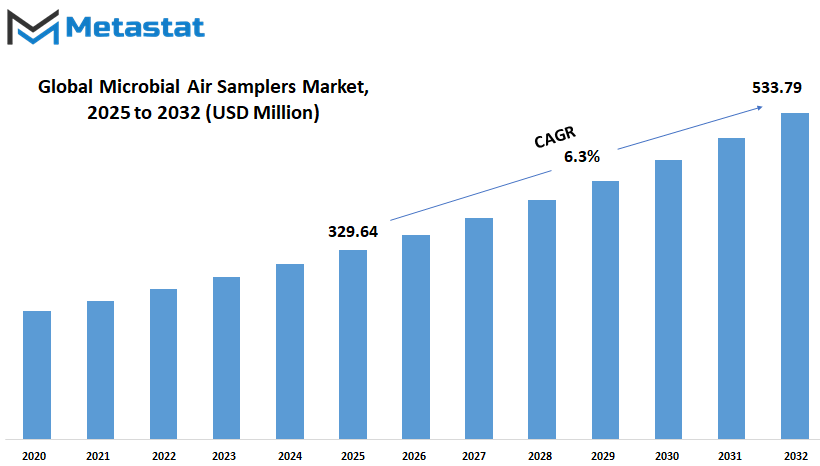
GROWTH FACTORS
The Global Microbial Air Samplers market appears headed for great growth in the coming years due to several factors. One major driving force is an increasing awareness of air quality as critical to health. With more research supporting the link between airborne microbes and various diseases, there has been a rise in concerns for air purity among industries and institutions. This continuing concern drives the need for advanced air sampling devices with increasing intensity.
Another key driving force is the stringent regulations imposed on air quality by health and safety authorities of the respective governments across the globe. By enforcing stricict guidelines to ascertain that environments, especially in healthcare and food production, maintain good standards of air quality, the governments are pushing industries further down the path of utilizing reliable microbial air samplers. These regulations have resulted in further market growth.
Technological advancements also become a key factor for the growth of this market. Technology advancements yield more efficient, user-friendly, and accurate air sampling instruments. The newest of these methodologies and inventions, providing a good source of real-time data with any improvements in sensitivity, are now the mainstay for industries to ensure work in sterile and safe environmental conditions.
The market may face certain restraints that may hinder growth. The cost of advanced microbial air samplers can be prohibitive for small and medium enterprises. Also, a lack of awareness regarding the advantages of these devices amongst regions still in the process of developing could inhibit their adoption rates.
In spite of all these limitations, the Global Microbial Air Samplers market is likely to see ample opportunities. The trend toward smart city construction and adhesion of IoT technology often create the design of camouflaged and interconnected air monitoring systems, which may facilitate the emergence of highly elaborate yet very affordable air quality management solutions.
In summary, despite challenges, the Global Microbial Air Samplers market is set for unprecedented growth. A key reason behind this growth is heightened health awareness, regulatory pressure, and technology. On the other hand, cost factor and low awareness in some areas may inhibit growth. If the opportunity is seized regarding newer technologies and awareness, it may create great potential in this moving market.
MARKET SEGMENTATION
By Type
Upward trajectories are hence expected in the global microbial air samplers market during the coming years, a situation that sees its correlation with the improved functioning of technology and increased attention being devoted to environmental monitoring. Microbial air samplers are indispensable instruments that detect, quantify, and assure airborne organisms responsible for air quality in different domains, including but not limited to hospitals, pharmaceutical manufacturing, and food processing.
Greater awareness of airborne diseases and the need for contamination control was a major driving factor in the growth of this market. Recent global health crises have legitimized the concern for viable air quality management to avoid the transmission of infectious agents. As a result, industries are stepping up investments in air sampling technologies for the protection of public health.
Some innovations have brought about the birth of different classes of microbial air samplers, each fulfilling specific demands. For instance, portable air samplers provide flexibility and ease of operation, and are ideal for on-site assessments and routine monitoring. They can be taken anywhere, so managers can do air quality assessments at their convenience without using any cumbersome equipment.
Desktop microbial air samplers are built to continuously monitor the air quality of controlled environments. Such devices are usually stationed in laboratories or clean rooms where it is important to maintain constant air quality. With their real-time data capability, air purity deviations can therefore immediately be detected and corrected.
Besides them, other specialized air samplers target unique needs. For instance, devices with high-performance filtration systems that are capable of capturing ultra-fine particles would thus enhance sensitivity in detecting airborne microbes at very low concentrations. The importance of inventions like this is especially greater in settings where the slightest contamination could mean a great deal.
As noted, the market for microbial air samplers will, however, continuously grow. Very high demand standards for air quality especially for industries of pharmaceuticals and food processing will propel demand for modern air sampling. Furthermore, with increasing urbanization and expansion of industrial activities, effective monitoring for air quality is becoming all the more necessary.
By Collection Technique
The Global Microbial Air Samplers market is expected to witness massive growth, propelled by technological advancements and an increasing concern for environmental monitoring. Ever since air quality is becoming an increasing point of concern for various industries and the healthcare sector, the demand for advanced microbial air sampling techniques may witness a substantial boost in the years ahead.
Among all sampling methods, impact air samplers are most widely used due to their effectiveness in capturing airborne microorganisms. Impact air samplers draw air through an inlet that is generally smaller in diameter and is placed in such a way that microorganisms are impacted and/or induced into a culture medium so that they may be analyzed later. Future improvements in impact-type air samplers may include higher sensitivity as well as portability, which will allow for increased user-friendliness in different environments.
Impinge air samplers bubble air to trap microorganisms in a liquid medium, with a particular focus on sampling in high-humidity climates. Future developments may put more emphasis either on better microorganism capture or on faster analysis methods for quicker results in critical applications.
Surface air samplers are designed to evaluate the microbial load on surfaces by drawing the air over a surface nutrient agar plate. This method is critical where surface contamination is an issue, i.e., pharmaceutical manufacturing and food processing. Possible development in surface air sampling could include automated systems that can continuously monitor and report contamination levels to ensure higher hygiene/safety standards.
Compressed air samplers sample the compressed air system, which is critical to many industrial processes. Having compressed air free from microbial contamination is essential for its products' integrity. Possibly, in the years to come, advancement may be associated with real-time monitoring, whereby contamination issues can be detected and remedied immediately.
Real-time air samplers are literally the development of the art in microbial air sampling technology. The immediate provision of data regarding airborne microbial concentrations enables swift decision-making in critical scenarios. With advancement, one would expect increased accuracy and affordability of real-time samples, resulting in their acceptance in various sectors.
The Global Microbial Air Samplers market will likely also witness the emergence of new collection techniques tailored to specific applications and environments. These innovations will overcome present limitations and add value to microbial air sampling by ensuring air quality is monitored comprehensively.
By End User
Rapid advancement in technology continues to stimulate organ growth across different sectors. These devices can be used to indicate the event-happening in the air with respect to air quality; instead, it should be detected as airborne microorganisms that ensure safety and compliance throughout the many fields.
Among the research and academic institutions, a microbial air sampler plays a significant role in studying airborne pathogens as well as an environmental microbiological study. These institutions will more likely intensify investments in superior air sampling technology because of growing concern regarding air quality and health. These will permit more thorough investigations into microbial dispersal and control, resulting in better public health policies and associated environmental standards.
Sauces and clinics draw upon microbial air samplers to be able to prepare a sterile vertical ambiance in terms of patient safety and isolation prevention. The increasing number of airborne diseases maintains the need for continuous ambient air measurement within health care institutions. Real-time monitoring systems may emerge and integrate into hospital networks to execute an immediate response to contamination, thereby improving patient care standards.
Such sampling devices are also used by pharmaceutical and biotechnology companies, which use these samplers to make sure that the production environments are contaminant-free so the product can be safeguarded. With the increase in biologics and sensitive pharmaceutical products, the demand for precise air quality monitoring would certainly increase over time. Solutions for more efficient detection methods would come up with innovations in the sampler technology and reduce production downtimes and still achieve much higher regulatory compliance for the industry.
In the same way, the microbial air samplers also serve the food and beverage industry because production areas now need to be hygienic to prevent foodborne infections from being contracted. Healthier consumer perceptions are going to lead to greater demand for improved transparency and security in food production. This is likely to lead food and beverage companies into the field of automated, advanced air sampling for constant monitoring and speedy intervention in potential contaminations.
To avoid microbial contamination that can prove dangerous to the safety and shelf life of personal care products, manufacturers are expected to invest in keeping clean environments. Given the increase in demand for natural and preservative-free products, the manufacturers are also confronted with challenges in maintaining the integrity of the product. Such initiatives, in turn, would require investments in advanced technologies and air sampling, whereby the entire process shall be proven to have high cleanliness levels without the application of a lot of chemical preservatives.
In general, the market for Global Microbial Air Samplers would enlarge alongside the growing realization by industries as regards the importance of air quality to product safety, ensuring compliance, and public health. Continuous technological development, as well as keeping a proactive environmental monitoring, would be the drivers of this market growth trajectory.
By Distribution Channel
The increasing need for both indoor and outdoor air monitoring is a principal factor in the growth of the worldwide microbial air sampler market. As such, these devices will be significantly employed in detecting microorganisms, particularly for safety in places such as hospitals, pharmaceutical manufacturing, and food processing. Future, the distribution channels of these samplers will evolve to meet all present and future market requirements incorporating changing technologies.
For the most part, the acquisition of microbial air samplers has been through direct tender by large government and institution agencies. Now, this will make it much more common that a change in paradigm will happen with the diversifying procurement strategy as the market continues to grow.
Retail selling is indeed one of the significant areas that have developed partly due to the emergence of e-commerce sites. Online retail is a simplified, efficient way for small and medium enterprises and research laboratories to access a variety of choices regarding microbial air samplers. The popular trend in e-commerce will therefore rise, given that most online sites provide competitive pricing, product comparisons, and user reviews to help consumers make well-informed buying decisions.
To be joined by other channels including third-party distributors that are increasing in number, all these will also contribute to integrating into the distribution chain. These give integrated services from the manufacture to end-users, such as value-added services regarding installation, maintenance, or training. Particularly in such cases where the manufacturers do not have representation in a specific region, their role becomes increasingly significant.
In the future, therefore, the distribution part of the market for the microbial air samplers may be more integrated. From manufacturers’ omnichannel strategies, they may be able to apply direct and online sales, as well as distributor networks, in market access. It will not only make that much better penetration into the market but will also give more choices to customers in the way they procure and service their equipment.
Accordingly, as the global microbial air samplers market grows, the changes in distribution channels signal a dynamic in-between evolution of traditional means and newer modern technology-based methods towards customer satisfaction in a wide range of industries with the availability of tools for maintaining optimal air quality and safety standards.
|
Forecast Period |
2025-2032 |
|
Market Size in 2025 |
$329.64 million |
|
Market Size by 2032 |
$533.79 Million |
|
Growth Rate from 2025 to 2032 |
6.3% |
|
Base Year |
2024 |
|
Regions Covered |
North America, Europe, Asia-Pacific, South America, Middle East & Africa |
REGIONAL ANALYSIS
There is a huge promise of growth in the microbiological air sampler market at a global scale in the upcoming years-the trend being ameliorated by rising awareness of air quality and health impacts. This market consists of regions that each has something different with regard to the effects on its growth.
In North America, countries like the United States, Canada, and Mexico are witnessing a boom in demand for microbial air samplers. These increases have been attributed to strict air quality regulations and a rising demand for R&D. Safety in workplaces and environmental monitoring are highly prioritized by industries, hence, leading to an expected increased uptake of current air sampling technology.
Europe, with countries like the United Kingdom, Germany, France, and Italy, has a growing concern about air quality monitoring. With the environmental policies laid down by the EU and the population's increasing concern about pollution, the market is being pushed. Industries and healthcare facilities are investing in microbial air samplers to comply with health standards and, therefore, safeguard public well-being.
The Asia-Pacific region comprising India, China, Japan, and South Korea is a promising region for microbial air sampler market growth. Industrialization and urbanization are increasingly raising concern about air quality. Effective measures are being implemented by the governments and organizations in these countries to monitor and make improvements in air quality, thus providing a boost in demand for such a device.
Brazil and Argentina in South America are awakening towards environmental issues, and with extra effort on monitoring and controlling air pollution, the use of microbial air samplers is rising. The devices are now central to air quality assessment and subsequent interventions.
In this case, referring to countries like Saudi Arabia, Egypt, and South Africa, the Middle East and Africa have been realising the importance of the air quality monitoring drive. Factors such as urban centres extending their borders and high activities in industry increase the demand for effective solutions for air sampling. Investments will continue to flow into healthcare infrastructures as well as environmental monitoring, hence developing the market in this region.
The world's microbial air samplers' market would soon be having an increased scale because most regions agreeing on the importance of air quality for health and environment produce and push for the development of certain technologies along with the adopting policies to further possibly enhance upscaling of such devices adoption across sectors towards cleaner air and healthier communities.
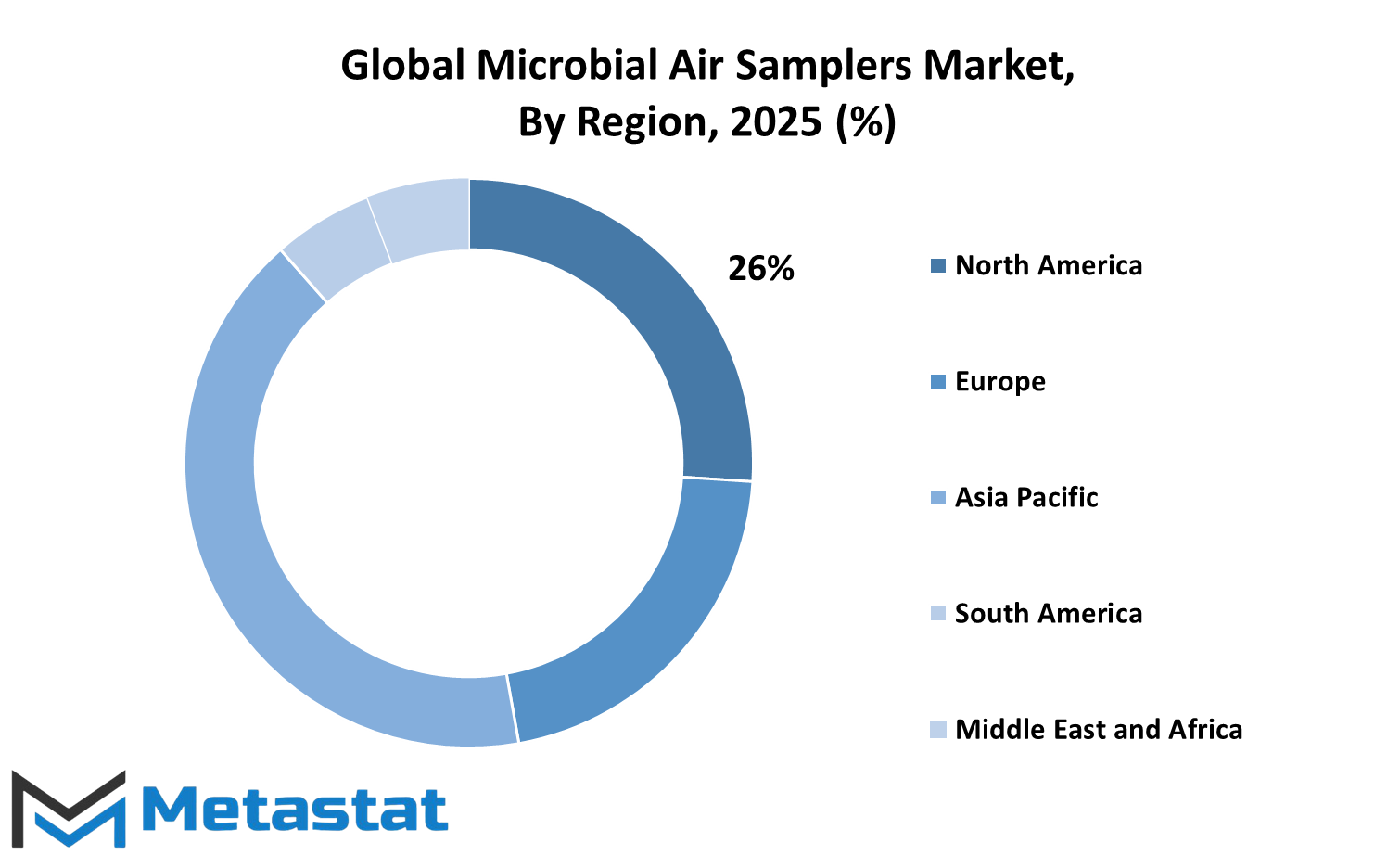
COMPETITIVE PLAYERS
Growth of the Global Microbial Air Samplers market is predominantly fuelled by increasing industrial focus on air quality maintenance in controlled environments. The increasing concerns regarding the airborne contaminants are put in several sectors like healthcare, pharmaceuticals, and food production. This will also further increase demand for advanced air sampling technology. Companies from every part of the world want to improve microbial monitoring to comply with stringent regulations and high safety standards.
Innovation will shape the future of microbial air sampling, and manufacturers will spend years developing better, more accurate devices that may help industries in the detection of possible threats as well as automation and real-time monitoring. Although artificial intelligence and data analytics play a part in enhancing air sampling systems' precision with an advancement in technology, companies investing in research and development will likely stand to gain a competitive edge by offering solutions providing quicker results and more solid detection capabilities.
Global Microbial Air Samplers are providing good competition among the leading participants. Orum International, Avantor (VWR International), Climet Instruments Company, and IUL S.A are among the companies that are striving hard to develop products corresponding to industry demand. Thermo Fisher Scientific and Merck KGaA build on expansive expertise as they roll out innovative sampling solutions, while EMTEK, Lighthouse Worldwide Solutions, and Particle Measuring Systems focus on high-performance devices for critical applications.
Munro Instruments Limited, Cantium Scientific Limited, and Aquaria Srl also enhance their presence in this market by generating specialized equipment capable of accurate air measurement. Alpha Scientific Private Limited and Galleon Instru-Tech Private Limited add to competition through innovative but meaningful product development fine-tuned for different industries.
In this manner, as organizations look forward to tightening their hit-list quality control measures, such adoption of advanced microbial air samplers will become a priority. Moreover, with greater emphasis being put on automation, the need for manual intervention will subside, thus making it easy for organizations to sample. These systems will be integrated with cloud-based platforms that facilitate real-time tracking and analysis of air quality data. Such enhanced digitalization will prompt faster identification of possible contamination risks, thus promoting a more proactive way of air quality management.
With the rising awareness about airborne contamination, the regulatory bodies would be further tightening the screws on making guidelines stringent. This would also boost the need for high-performance microbial air samplers. Competitive advantages may probably belong to companies, which emphasize compliance, accuracy, and ease of use.
As the market gets matured, development will involve the manufacture of small, portable user-friendly devices that will serve the growing demand in different sectors. Continuous advancements in the field will determine the future of the Global Microbial Air Samplers market, thus boosting an industrial culture that enjoys safer and more controlled environments all over the world.
Microbial Air Samplers Market Key Segments:
By Type of Air Sampler
- Portable Air Samplers
- Desktop Microbial Air Sampler
- Other
By Collection Technique
- Impact Air Sampler
- Impinge Air Sampler
- Surface Air Sampler
- Compressed Air Sampler
- Real-Time Samplers
- Other
By End User
- Research and Academic Institutes
- Hospitals and Clinics
- Pharmaceutical and Biotechnology Companies
- Food and Beverage
- Personal Care Industries
- Other
By Distribution Channel
- Direct Tender
- Retail Sales
- Other
Key Global Microbial Air Samplers Industry Players
- Orum International
- Avantor (VWR International)
- Climet Instruments Company
- IUL S.A.
- Thermo Fisher Scientific
- Merck KGaA
- EMTEK
- Lighthouse Worldwide Solutions
- Particle Measuring Systems
- Munro Instruments Limited
- Cantium Scientific Limited
- Aquaria Srl
- Alpha Scientific Private Limited
- Galleon Instru-Tech Private Limited
WHAT REPORT PROVIDES
- Full in-depth analysis of the parent Industry
- Important changes in market and its dynamics
- Segmentation details of the market
- Former, on-going, and projected market analysis in terms of volume and value
- Assessment of niche industry developments
- Market share analysis
- Key strategies of major players
- Emerging segments and regional growth potential



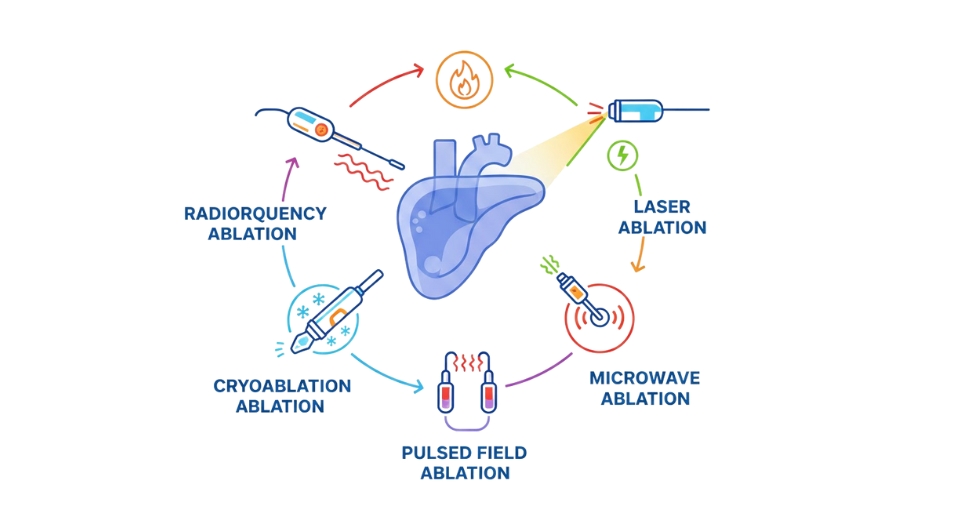

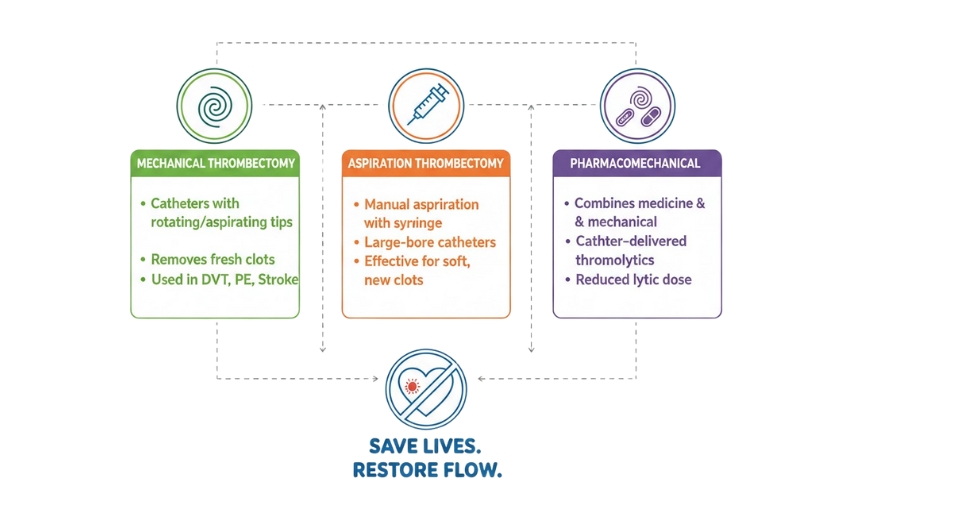
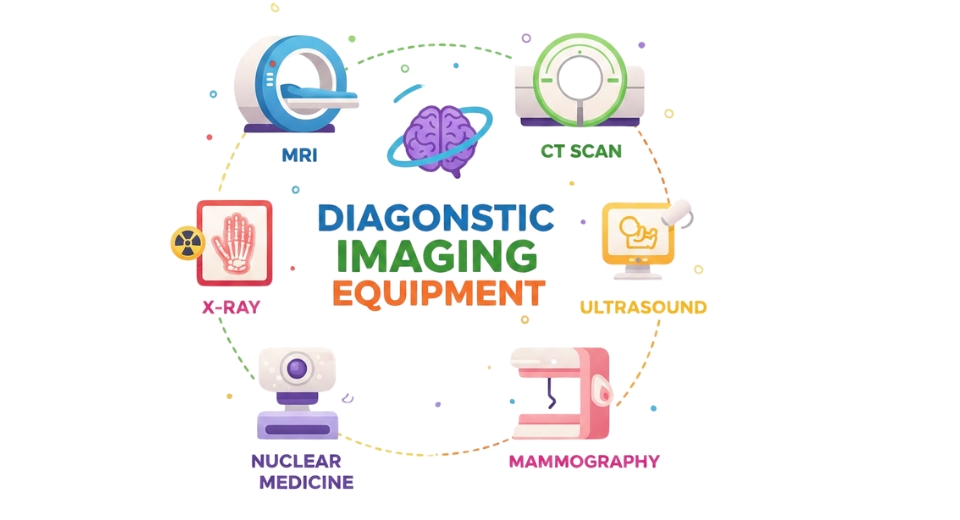

 US: +1 3023308252
US: +1 3023308252






